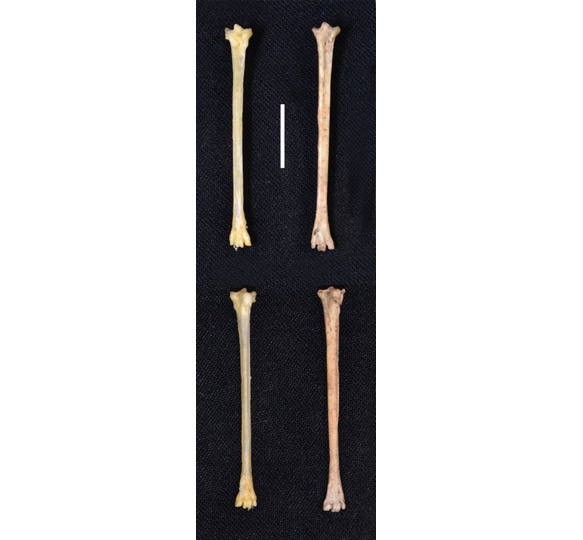Introduction
The Mascarene Islands of Mauritius, Réunion and Rodrigues, situated in the southwest Indian Ocean, once harboured a number of diverse bird species, most notably the Mauritian Dodo. Unlike most other oceanic islands, the Mascarenes were in pristine condition when first discovered by humans, who recorded important but often vague details in ships’ logs and journals. The arrival of Europeans at the end of the 16th century, with their accompanying commensal animals, proved disastrous for the fauna, and such was the rapidity of extinction that the original vertebrate fauna is difficult to determine. This is especially true for the songbirds, or passerines. Therefore, the main aim of my research has been to address this shortfall and search for the tiniest bird remains in the caves and swamps of Mauritius. Furthermore, the work of an amateur natural historian, Etienne Thirioux, whose collection of small bird fossils has proved pivotal as a resource, resulted in my description of seven new but now extinct birds from the islands.
Mauritius songbirds
Mauritius has six surviving songbird species, which is quite remarkable considering the extinction rates of other Mascarene birds. For example, of the nine endemic Mascarene parrots, eleven pigeons and doves, and six rails and coots, only one pigeon and one parrot survive today, both on Mauritius. So what evidence do we have for extinct songbirds? As you can imagine, the extremely small bones of songbirds are lightweight and easily destroyed after the bird perishes, so outside of special depositional environments, e.g. swamps and deep caves, the fossil record of songbirds is poor; even the skeletons of extant birds are rarely found. So, the discovery of a thrush in Thirioux’s collection was a momentous event.
Mauritius Ground Thrush
Known from just seven bones, the Mauritius Ground Thrush is extremely rare in the fossil record, but fortunately, one bone amongst these few is particularly diagnostic for thrushes. Its anklebone (tarsometatarsus) is long and slender, far longer than any other Mauritian songbird, and clearly belonged to a thrush (Fig. 1). The only thrush genus to occur on other Indian Ocean islands, as well having a wide distribution in Siberia, Southeast Asia and continental Africa, is the speciose ground thrush genus, Geokichla (https://en.wikipedia.org/wiki/Geokichla). One species in particular, the Orange-headed Thrush G. citrina (https://en.wikipedia.org/wiki/Orange-headed_thrush), is found in the Indian subcontinent, Sri Lanka, Java, and the remote Nicobar and Andaman Islands, and may derive from the same common ancestor as the Mauritius Ground Thrush. This scenario is common to some other Mauritian birds, including an extinct starling and its unconfirmed relative in the Andamans, so it makes perfect biogeographical sense to place the Mauritian Ground Thrush in this genus.

Extinction
What became of the Mauritius Ground Thrush? Never before reported in the literature, the thrush disappeared at some point after the human discovery of the island. Some extant Geokickla thrushes are vulnerable to introduced predators such as rats, and it appears that the accidental introduction of the Black Rat may have exterminated this Mauritian bird before the island’s settlement. Because the Mauritius Ground Thrush probably had a life history similar to other ground thrushes, predominantly foraging on the forest floor and nesting close to the ground, it would have been especially vulnerable to mammalian predators.
Discussion
There are still new songbirds awaiting description – I have at least three more from Mauritius alone – but they are a difficult group of birds to work on, made more problematic by the rarity of fossil bones. That Mauritius had at least eleven songbirds, of which only six survive today, emphasises the need for palaeontological work on songbirds on other islands. This is especially true for those islands that are seemingly depauperate in songbird diversity, or when songbird distribution on island archipelagos is inexplicitly erratic.
Author Information
Dr. Julian P. Hume
Avian palaeontologist,
Natural History Museum, Tring.
